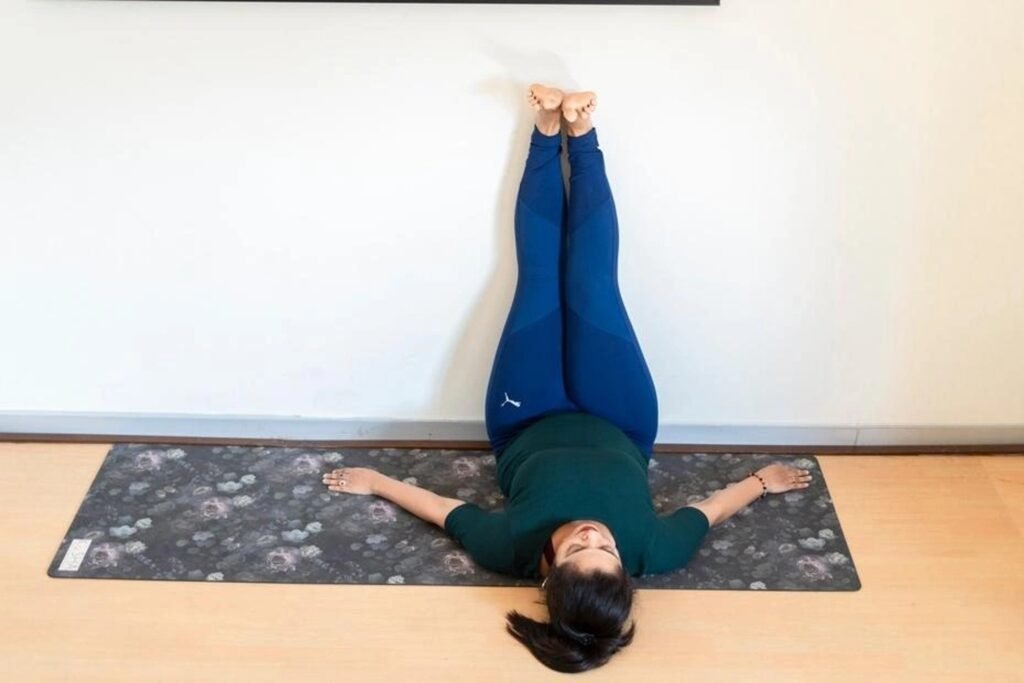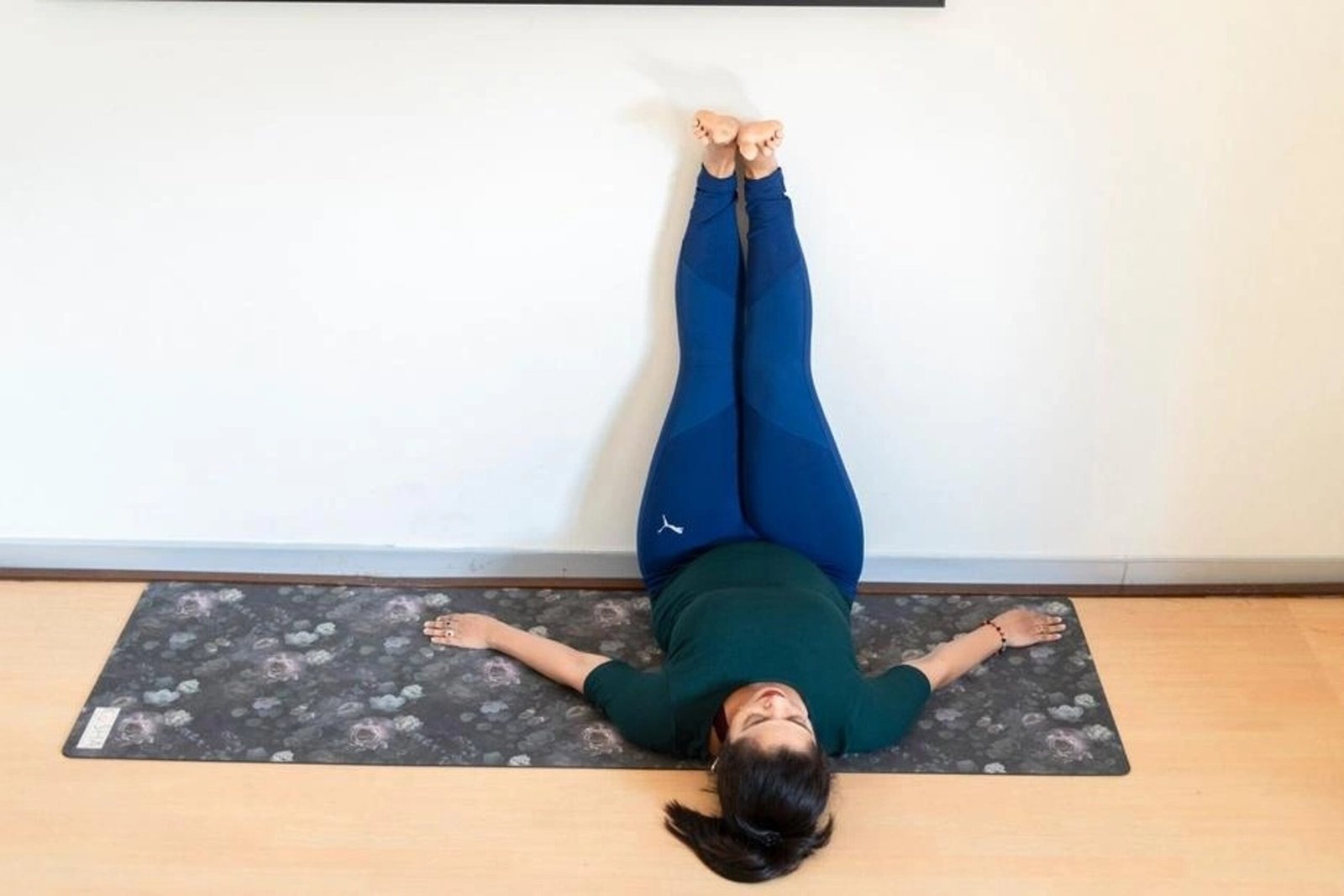
Introduction
In the ever-evolving world of wellness, Somatic Yoga is gaining momentum as a gentle yet transformative practice. If you’re searching for a holistic approach to relieve chronic tension, improve mobility, and connect deeper with your body, somatic yoga might be exactly what you need.
In this comprehensive guide, we’ll explore:
What is Somatic Yoga?
The key benefits of practicing somatic yoga
Differences between Somatic Yoga and traditional yoga
Step-by-step guide to get started
FAQs with schema markup for better SEO
Let’s begin your journey towards body awareness and healing!
What is Somatic Yoga?
Somatic Yoga blends principles of somatics (body awareness techniques) with gentle yoga movements. It focuses on internal perception rather than external performance, allowing practitioners to retrain their nervous system and release habitual muscular tension.
Unlike typical yoga styles that emphasize flexibility and posture, somatic yoga encourages slow, mindful movements. The goal is to “feel” the body from within, fostering self-awareness and deep relaxation.
Core Elements of Somatic Yoga:
Mindful breathing
Conscious muscle engagement and release
Slow, deliberate movements
Internal body awareness (proprioception)
Nervous system re-education
Why Practice Somatic Yoga? (Key Benefits)
Somatic yoga offers a multitude of physical, emotional, and mental benefits. Let’s explore:
1. Relieves Chronic Pain and Tension
By gently releasing muscular tension, somatic yoga can effectively manage chronic pain, including:
Back pain
Neck stiffness
Joint discomfort
2. Improves Body Awareness
Somatic yoga helps you listen to your body’s signals, allowing early detection of imbalances and tension.
3. Enhances Mobility and Flexibility
Mindful movements improve range of motion without overstretching, making it ideal for all ages.
4. Supports Emotional Healing
Stored emotional trauma often manifests as physical tightness. Somatic yoga encourages emotional release through safe, guided movement.
5. Reduces Stress and Anxiety
Deep breathing and mindful exercises calm the nervous system, reducing stress hormones and promoting relaxation.
How Does Somatic Yoga Differ from Traditional Yoga?
| Aspect | Somatic Yoga | Traditional Yoga |
|---|---|---|
| Focus | Internal sensing & nervous system re-education | External posture & flexibility |
| Movement | Slow, gentle, exploratory | Structured, sometimes vigorous |
| Goal | Release chronic tension & build awareness | Build strength, flexibility, and balance |
| Target Audience | Ideal for pain relief and stress management | Suitable for fitness and spiritual growth |
| Breathwork | Integral, used to guide movement | Integral, often synchronized with movement |
Actionable Insight:
If you’ve ever felt intimidated by fast-paced yoga classes or feared injury, somatic yoga provides a safe and nurturing alternative.
How to Practice Somatic Yoga: Step-by-Step
Starting somatic yoga is simple and requires no prior experience. Follow these steps:
Step 1: Create a Calm Environment
Find a quiet space with minimal distractions.
Use a yoga mat or soft surface for comfort.
Step 2: Focus on Breath Awareness
Begin with deep belly breathing.
Inhale slowly through the nose, exhale gently through the mouth.
Step 3: Start Small with Gentle Movements
Pelvic tilts
Shoulder rolls
Neck releases Move slowly, paying attention to internal sensations.
Step 4: Use Guided Somatic Yoga Videos or Classes
Look for certified instructors or online classes specifically for somatic yoga.
Consider gentle audio practices to stay present.
Step 5: Practice Regularly
Aim for 10–20 minutes daily.
Consistency enhances nervous system rewiring.
Pro Tip: Journaling your sensations post-practice can deepen your mind-body connection!
Who Can Benefit from Somatic Yoga?
Somatic yoga is accessible to almost everyone, especially:
Individuals with chronic pain
Seniors seeking gentle movement
People recovering from injury
Those experiencing stress, anxiety, or trauma
Beginners to yoga or movement practices
It’s a body-positive, non-competitive practice that prioritizes healing over performance.
Best Practices for Somatic Yoga
To make the most of your practice:
Move slowly: The slower the movement, the deeper the awareness.
Stay present: Focus on internal sensations over external appearance.
Respect your limits: There’s no rush or competition.
Pair with mindful breathing: Breath is your guide.
Seek professional guidance: Especially if recovering from injury.
Conclusion
Somatic yoga is more than just a physical practice — it’s an invitation to listen deeply to your body, release chronic tension, and cultivate a sense of inner peace. Whether you’re dealing with pain, stress, or simply looking to connect with yourself on a deeper level, somatic yoga offers a compassionate path to healing.
Ready to transform your well-being?
Start your somatic yoga journey today and embrace the power of mindful movement. Your body will thank you!

